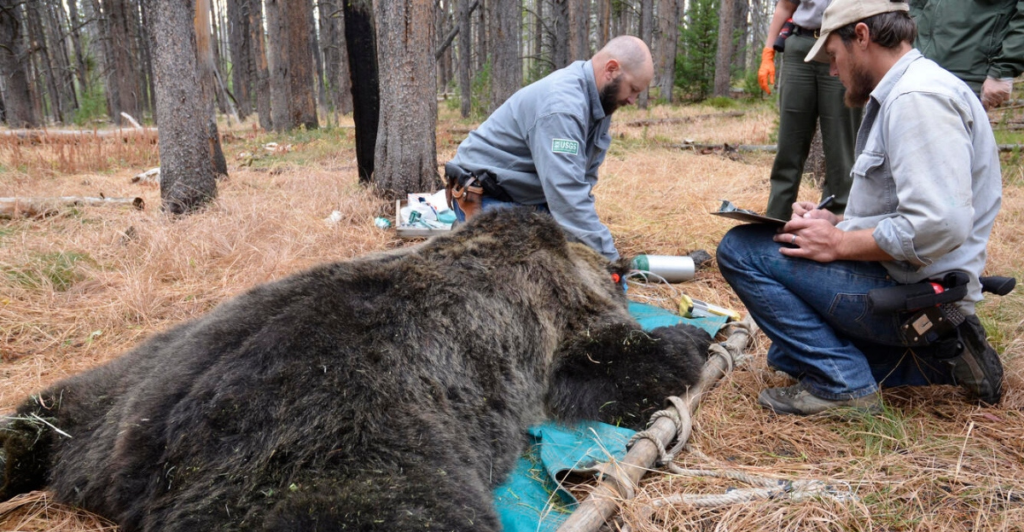
The 52-year-old Interagency Grizzly Bear Study Team (IGBST), a federally-led group that has been central to grizzly bear research in the Greater Yellowstone Ecosystem since 1973, now faces potential dismantling due to ongoing federal budget cuts. Recent federal actions, including hiring freezes and early retirements of key biologists, threaten to unravel this critical research infrastructure just as debates intensify over delisting the grizzly from the Endangered Species Act.
Experts warn that losing this team could jeopardize not only the bears’ continued recovery but also the ability to manage human-wildlife conflicts and maintain the ecological balance that grizzlies help uphold.
The Role of the Interagency Grizzly Bear Study Team
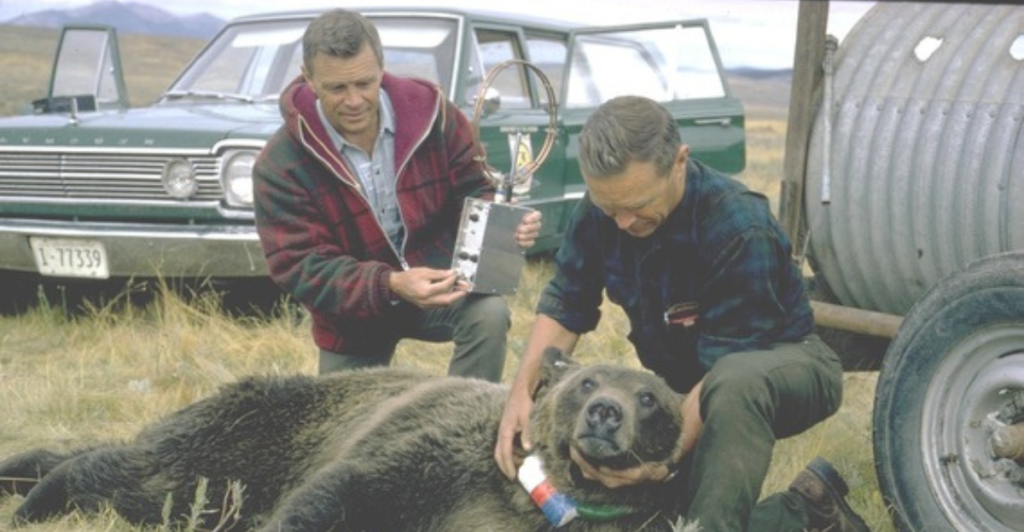
The IGBST is the scientific backbone for grizzly bear management in the Greater Yellowstone Ecosystem. They are a consortium of experts from federal, state, and tribal agencies, including the U.S. Geological Survey, National Park Service, U.S. Fish and Wildlife Service, U.S. Forest Service, and wildlife departments from Idaho, Montana, Wyoming, as well as the Eastern Shoshone and Northern Arapaho Tribes.
The team’s primary mission is to conduct rigorous long-term monitoring and research on grizzly bear populations, habitat use, survival, mortality, and food sources, data essential for informed management decisions and for tracking the species’ recovery progress.
Impact of Federal Budget Cuts on the Study Team

As the U.S. Geological Survey faces reduced funding, much of the team’s research beyond basic population monitoring is likely to be eliminated, forcing a drastic reduction in fieldwork, limiting the ability to collar and track bears, and potentially ending seasonal hiring of critical staff. “An underlying principle for us is that we will prioritize meeting the minimum requirements for population monitoring as specified in the conservation strategy.
In doing that, we’ll have to wipe out a lot of other work that we’ve done and services that we’ve provided,” said Claudia Regan, US Geological Survey’s Northern Rocky Mountain Science Center director. The uncertainty has already led to early retirements and resignations among key scientists, raising fears that decades of expertise and data could be lost if the team is dismantled.
Conservation Priorities Amid Uncertainty
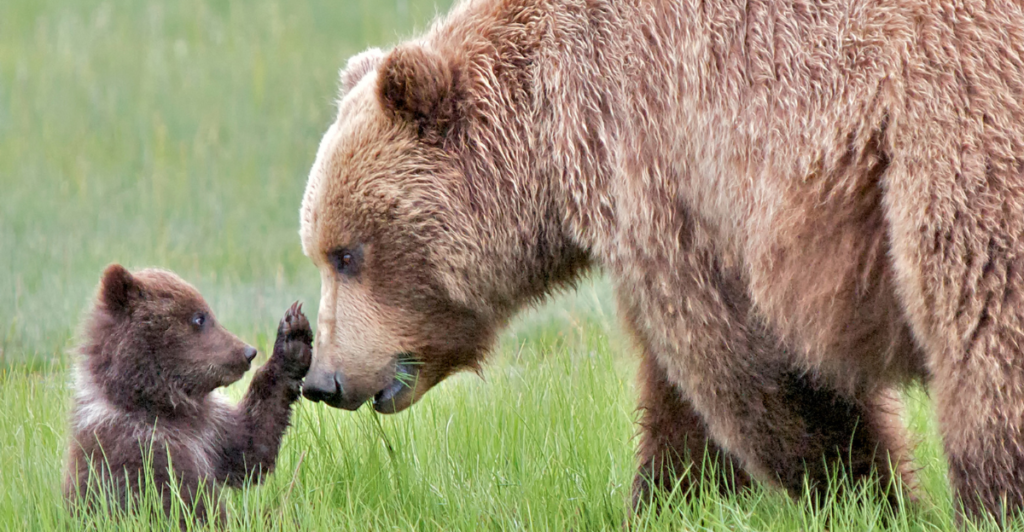
Conservation priorities for Yellowstone’s grizzlies remain focused on maintaining a healthy, self-sustaining population and securing critical habitat within the Greater Yellowstone Area (GYA). The core of this approach is the Primary Conservation Area (PCA), a 5.9-million-acre zone where grizzly bears are the top management priority and habitat protections are strictly enforced to prevent new development and maintain secure conditions at 1998 levels. Beyond the PCA, coordinated strategies by federal, state, and tribal agencies aim to allow grizzlies to expand into biologically suitable and socially acceptable areas, balancing bear needs with other land uses.
Conservation plans emphasize dynamic management and ongoing monitoring, adapting to changing environmental conditions and public input to ensure the population’s long-term viability.
The Importance of Long-Term Expertise

The Interagency Grizzly Bear Study Team (IGBST) exemplifies this, having tracked population trends, bear movements, and mortality patterns since its formation in 1973. This institutional memory allows the team to detect subtle shifts in bear behavior, habitat use, and threats, insights that are critical for adapting management strategies to new challenges such as climate change, habitat loss, or increased human-bear conflicts. The consistency and rigor of the IGBST’s data collection, including the use of radio-collaring and long-term mortality records, have set a scientific standard that informs not just local but national wildlife policy.
Losing this expertise would mean more than just the loss of data; it would erase the nuanced understanding that only seasoned researchers can provide, undermining the ability to make informed decisions and potentially jeopardizing the hard-won recovery of Yellowstone’s grizzly bears.
Potential Shift in Wildlife Management Control

With the prospect of federal budget cuts and the possible dismantling of the Interagency Grizzly Bear Study Team, there is growing concern about a shift in wildlife management control from federal agencies to state authorities. The Conservation Strategy for the Greater Yellowstone Area envisions a future where state grizzly bear management plans and forest plans play a larger role, particularly in areas adjacent to the Primary Conservation Area (PCA).
While the PCA would remain a secure stronghold for grizzly bears under continued federal oversight, management of bears outside this core zone could increasingly fall to state agencies, which may have different priorities and resource constraints. This transition raises questions about the consistency and rigor of monitoring, the ability to respond dynamically to emerging threats, and the long-term commitment to science-based conservation.
Grizzly Delisting Debate

Proponents of delisting argue that the grizzly population in the Greater Yellowstone Ecosystem (GYE) has rebounded from fewer than 150 bears in the 1970s to more than 700 today, meeting or exceeding recovery goals and demonstrating the effectiveness of decades-long conservation efforts. They contend that state wildlife agencies, in collaboration with local stakeholders, are prepared to manage the species sustainably and that delisting would allow for more flexible, incentive-based conservation approaches.
However, opponents caution that removing federal protections is premature, citing concerns about habitat security, genetic isolation, and the potential for increased hunting and lethal removals once management shifts to the states.
Collaborative Conservation Efforts
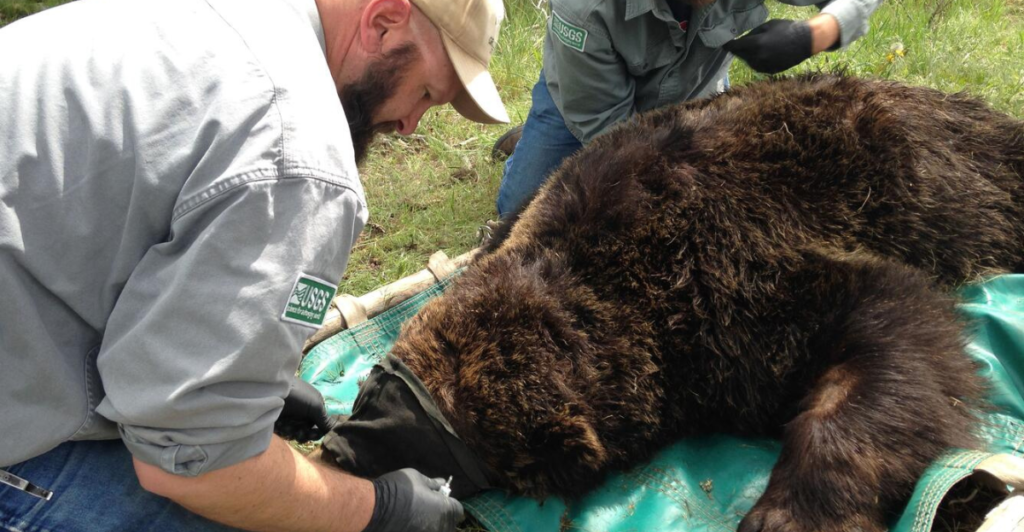
Agencies such as the U.S. Fish and Wildlife Service and National Park Service work alongside groups like the Greater Yellowstone Coalition and the Yellowstone to Yukon Conservation Initiative to monitor bear populations, restore critical habitats, and address human-bear conflicts through innovative, science-based strategies. “All the signatories of the grizzly bear conservation strategy are committed to implementing its objectives for the future to ensure we’re collecting the information we need to evaluate the population on an annual basis and demonstrate the continued success of grizzly bear conservation,” said Game and Fish large carnivore specialist Dan Thompson.
These partnerships have led to projects such as decommissioning unnecessary roads to expand secure habitat, investing in conflict reduction programs, and promoting landscape connectivity to support grizzly movement and genetic diversity.
Legal and Advocacy Actions

Coalitions of conservation groups, tribal nations, and advocacy organizations have repeatedly filed lawsuits challenging the U.S. Fish and Wildlife Service’s (USFWS) decisions to delist the Greater Yellowstone Ecosystem grizzly population, arguing that such actions are based on flawed science and fail to address ongoing threats to the bears’ survival.
“With grizzly deaths spiking, now is not the time to declare the great bear recovered and federal protections unnecessary,” said Earthjustice attorney Timothy Preso. “The grizzly is a major part of what makes the region in and around Yellowstone National Park so special and unique. We should not be taking a gamble with the grizzly’s future.” Advocacy groups continue to press for robust, science-driven management and long-term habitat protections, ensuring that Yellowstone’s grizzlies remain a symbol of successful conservation.
Uncertain Path Forward for Yellowstone Grizzlies
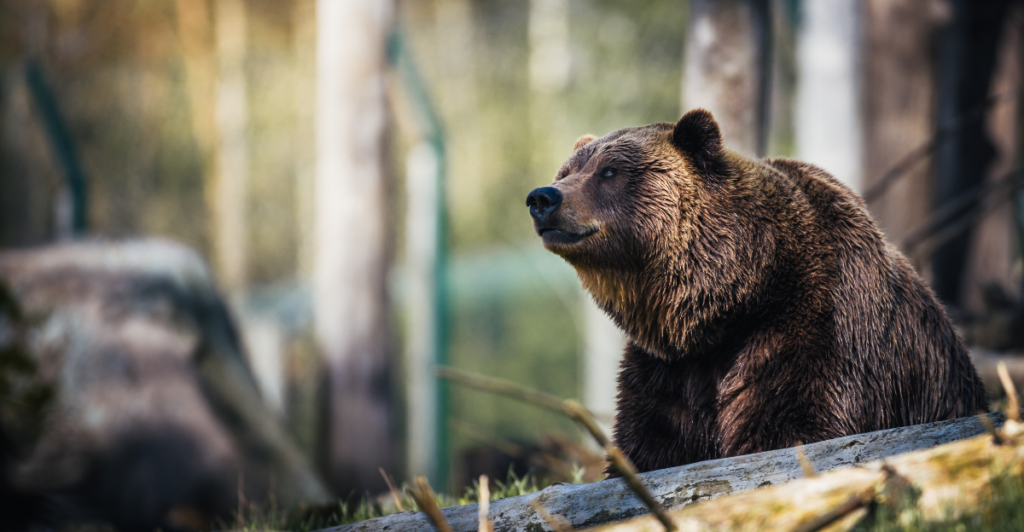
While the U.S. Fish and Wildlife Service’s recent decision to maintain Endangered Species Act protections acknowledges both the progress made and the unique challenges still facing the species, the prospect of shifting management to state agencies raises questions about long-term support and consistency in conservation efforts. “Because Yellowstone bears are completely isolated from any other population, they have genetic diversity issues,” said Andrea Zaccardi, carnivore conservation legal director and senior attorney at the Center for Biological Diversity. “The ideal is that we keep these bears protected until the populations are connected and there’s actual genetic exchange.”
As legal, political, and ecological uncertainties persist, ensuring the bears’ future will require ongoing collaboration, robust monitoring, and a steadfast commitment to protecting both the animals and the landscapes they depend on.
Explore more of our trending stories and hit Follow to keep them coming to your feed!

Don’t miss out on more stories like this! Hit the Follow button at the top of this article to stay updated with the latest news. Share your thoughts in the comments—we’d love to hear from you!







